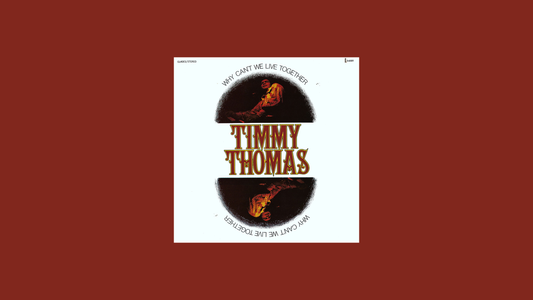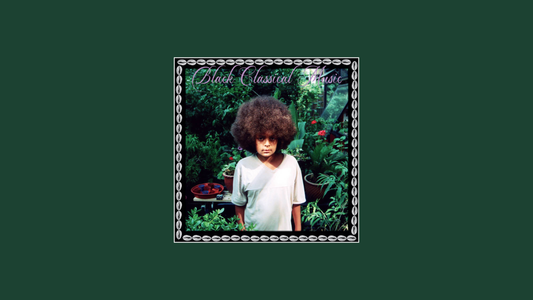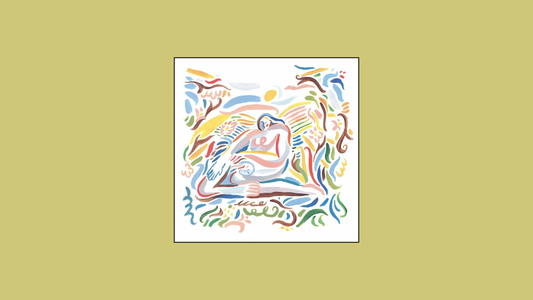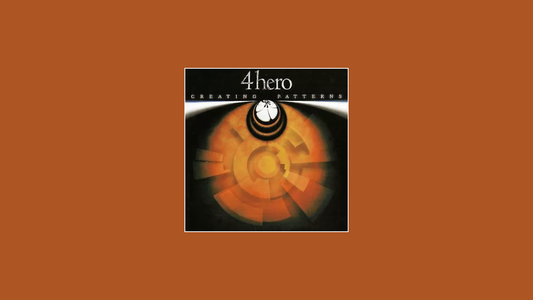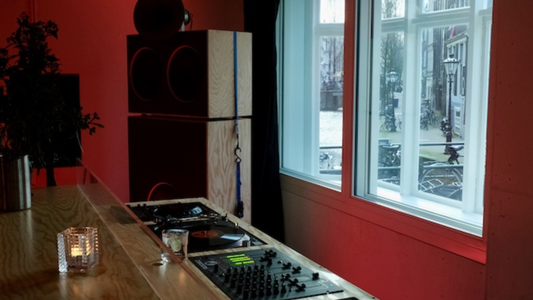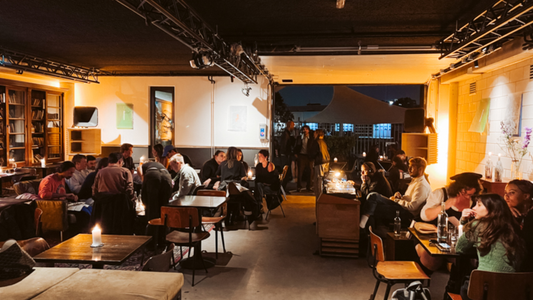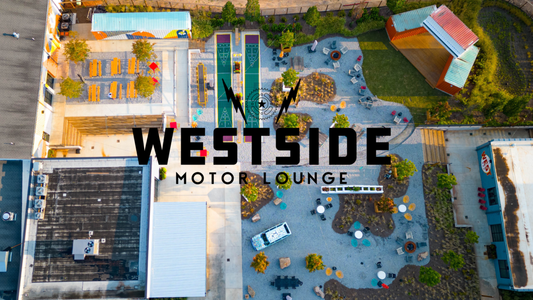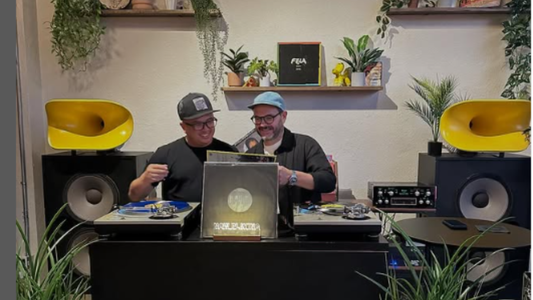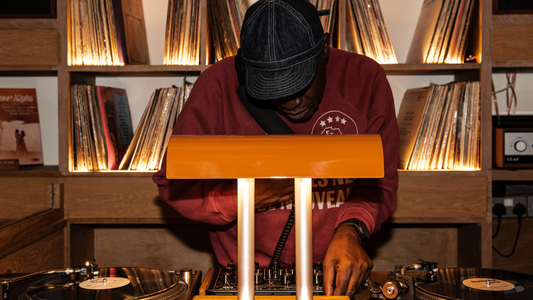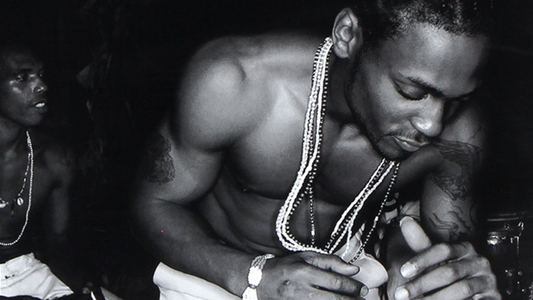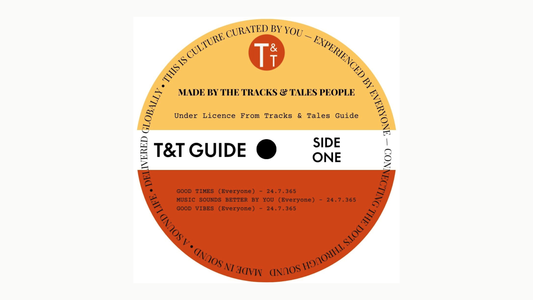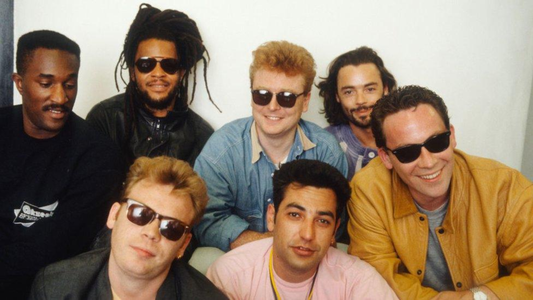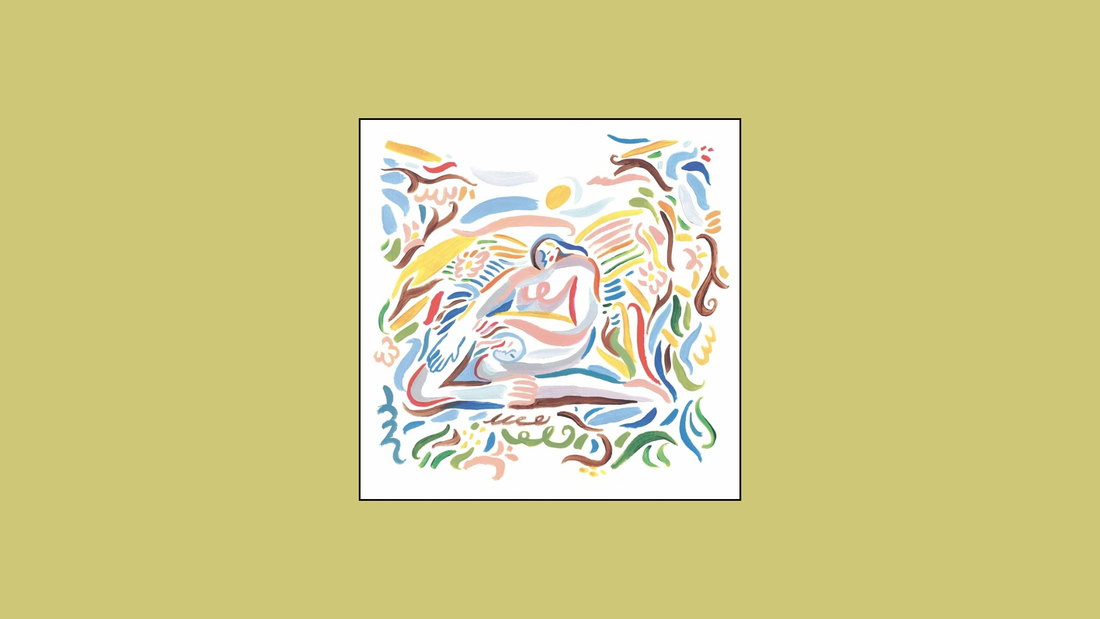
Open This Wall – Berlioz (2023)
Berlioz’s Open This Wall (2023) turns jazz into atmosphere — upright bass, brushed drums, and patience as design.
By Rafi Mercer
It started, as so many rediscoveries do, with a single bassline. I was walking home one evening when Open This Wall slipped through my headphones — the upright bass slow, deliberate, almost conversational. It had that late-night London energy, but without rush or restlessness. The rhythm didn’t move forward so much as unfold, and suddenly the city seemed to sync its breathing to it.
Berlioz, still in his twenties, makes the kind of jazz that feels both remembered and reimagined. His tracks don’t rely on virtuosity; they rely on restraint. You hear Miles and Madlib, Khruangbin and KDJ, but mostly you hear space — silence used with intent. Open This Wall, released in 2023, isn’t a jazz album in the traditional sense. It’s a study in atmosphere, an album that drifts between club culture and contemplation, built for the headphone walk and the listening bar alike.
The title track opens like a door quietly unlocking. Piano chords hover between major and minor, brushed cymbals ticking gently at the edges, bass warm and human. Then that signature pulse arrives — dusty drums, vinyl grain, a faint harmonic loop. It’s the sound of jazz filtered through memory, half acoustic, half digital, completely alive.
Berlioz’s gift lies in how he builds emotion through repetition. “Open This Wall” repeats its motif like a mantra, each loop slightly shifting in texture — the ghost of improvisation without the ego of display. It’s jazz for the modern attention span: hypnotic enough to hold, subtle enough to invite re-listening.
What’s remarkable is the fidelity of it all. Even on small speakers, you can feel the weight of the mix — every low note rounded like the body of the instrument itself. Through a good system, the resonance deepens; the sub-bass blooms like breath inside wood. It’s craftsmanship disguised as ease.
Tracks like “No Need to Explain” and “It’s Okay to Relax” show how Berlioz treats jazz harmony as emotional design. His chords are tender, suspended, endlessly unresolved. There’s melancholy, but also comfort — sadness stretched into softness. You can sense the lineage of 4hero and Nujabes, the influence of lo-fi culture reframed through musicianship. But the execution is modern minimalism: everything necessary, nothing more.
In Open This Wall, rhythm behaves like architecture. The drums aren’t timekeepers; they’re frameworks. Each snare hit opens a little more air, each hi-hat creates distance. That’s what makes the album so listenable in a physical space — it doesn’t occupy the room; it shapes it. In a bar, it glides beneath conversation, adding warmth without demand. In solitude, it expands, like the hum of the world slowing to match your pulse.
There’s a line midway through the record — a simple spoken phrase sampled from an old interview: “Sometimes you just have to let the room speak.” It could be the manifesto for Berlioz’s entire approach. He lets the room speak — through tone, through echo, through restraint.
The album’s emotional centre sits around “More Than This.” It’s barely more than a groove — upright bass, Rhodes, soft brushes — but it holds an entire philosophy: repetition as reflection, groove as grounding. The melody circles the same few notes yet feels constantly renewed, like a conversation you don’t want to end.
Listening carefully, you realise Open This Wall is as much about listening itself as it is about jazz. It’s music made by someone who understands silence as a collaborator. When the instruments pause, the absence feels deliberate — like a deep breath before continuing the thought.
There’s something spiritual about the record’s pacing. It doesn’t rise or fall; it drifts, like smoke in still air. The mood recalls late-’90s downtempo — Thievery Corporation, early Bonobo — but Berlioz strips away the exoticism and leaves only intimacy. It’s not background music; it’s background awareness.
Through vinyl, the textures thicken: faint crackle, tape hiss, the organic imperfections that make sound feel lived-in. Through digital playback, the precision reveals itself — subtle stereo imaging, sub-harmonics tuned perfectly beneath Rhodes overtones. Either way, the listening experience is meditative.
What’s quietly radical about Open This Wall is its optimism. So much modern jazz feels preoccupied with darkness or irony. Berlioz allows light in. His compositions hold melancholy, yes, but also gentleness, gratitude, even joy. There’s an emotional intelligence in his restraint — a refusal to dramatise feeling. The groove doesn’t chase attention; it rewards it.
As the album unfolds, you sense a continuous dialogue between heritage and horizon. “A Space Between” feels almost like a homage to early 4hero — broken rhythm wrapped in lush chords — while “Through the Clouds” nods to spiritual jazz and ambient electronica. Yet none of it feels derivative. Berlioz moves through influences the way a good DJ moves through records: with intuition, respect, and flow.
And that word — flow — is everything here. The album doesn’t just contain flow; it is flow. Each track merges into the next, BPMs hovering in the same emotional tempo, neither rushing nor lingering. It’s an album that trusts patience, that assumes the listener wants to be guided rather than jolted.
Toward the end, “For A While” drifts in quietly — simple piano loop, bass heartbeat, faint chatter of a field recording in the background. It feels like the closing scene of a film you didn’t realise was about you. The sound fades, leaving just ambience and memory. You check the player, thinking there’s more to come, but that’s the point — Berlioz doesn’t resolve. He leaves you in suspension, thoughtful, calm.
Listening in the car again later that evening, I noticed how Open This Wall interacts with movement. The rhythm aligns with motion — steady, reflective, absorbing. It turns traffic into tempo, headlights into syncopation. That’s its gift: it changes how you inhabit time.
Two years on, the record already feels timeless. It sits alongside Creating Patterns, Beyond Skin, Vira, Journey in Satchidananda — all part of the same quiet lineage: music that listens back. It proves that jazz, even in the digital age, can still be handmade, soulful, and precise.
In a world obsessed with acceleration, Open This Wall is an invitation to stay. To stop scrolling. To breathe. To let one bassline, one room, one moment of resonance remind you what stillness can do.
That’s what Berlioz has built here:
a wall that isn’t a barrier, but a boundary for calm —
a place where modern life finally slows enough to listen.
Rafi Mercer writes about the spaces where music matters.
For more stories from Tracks & Tales, subscribe, or click here to read more.
